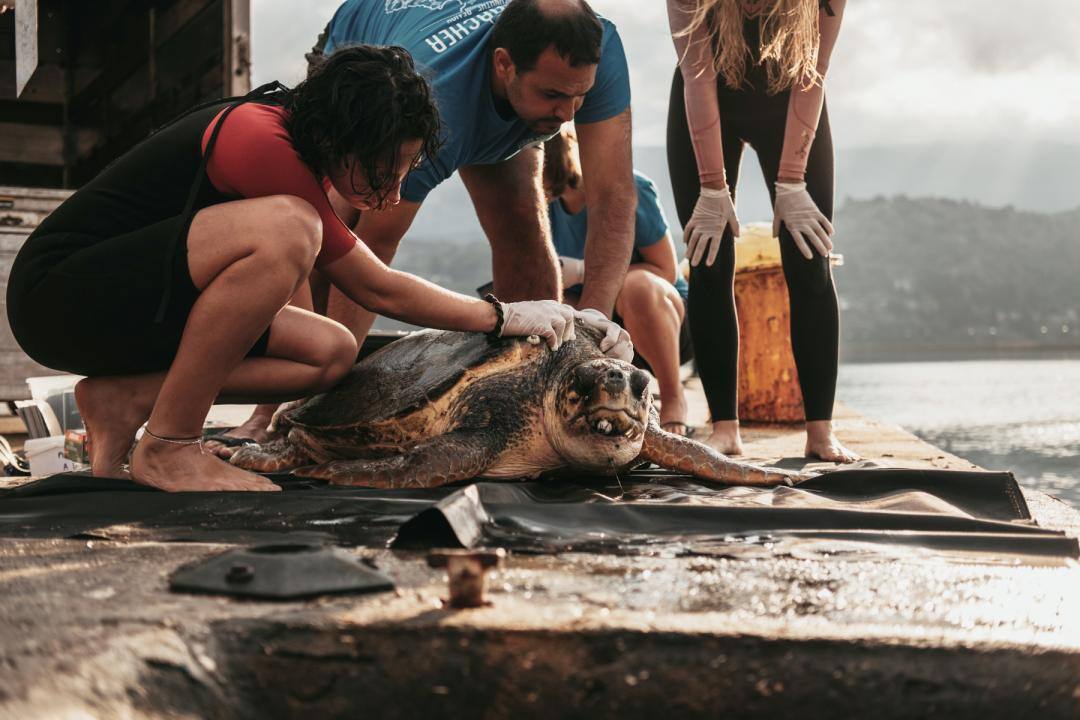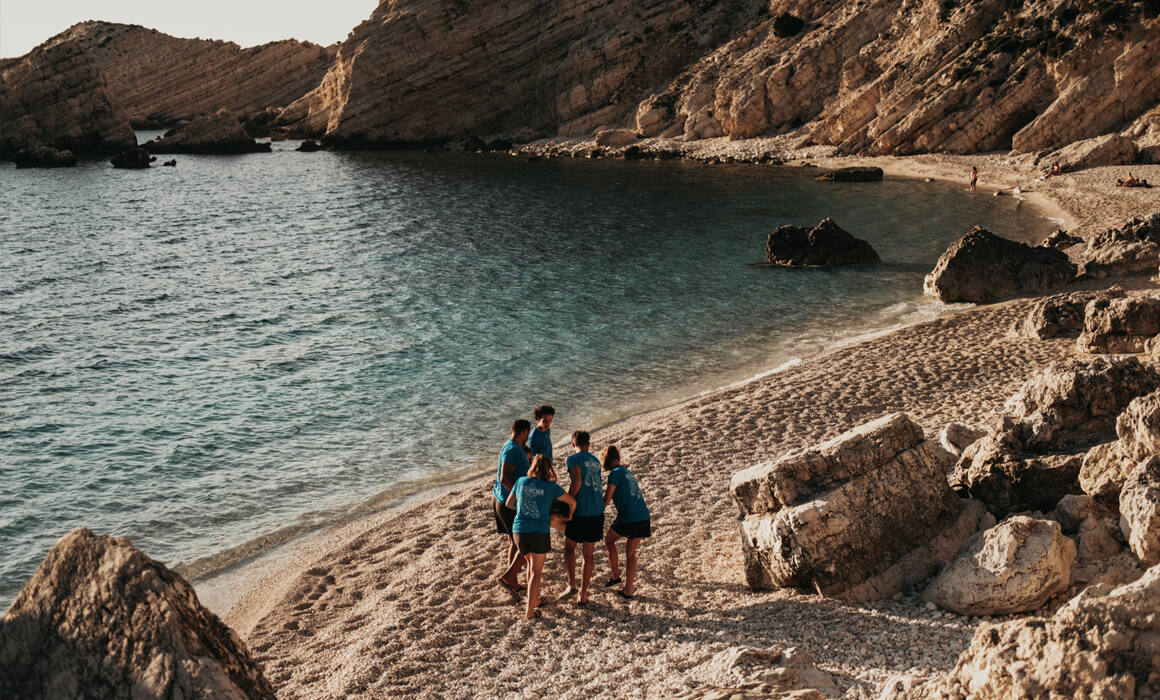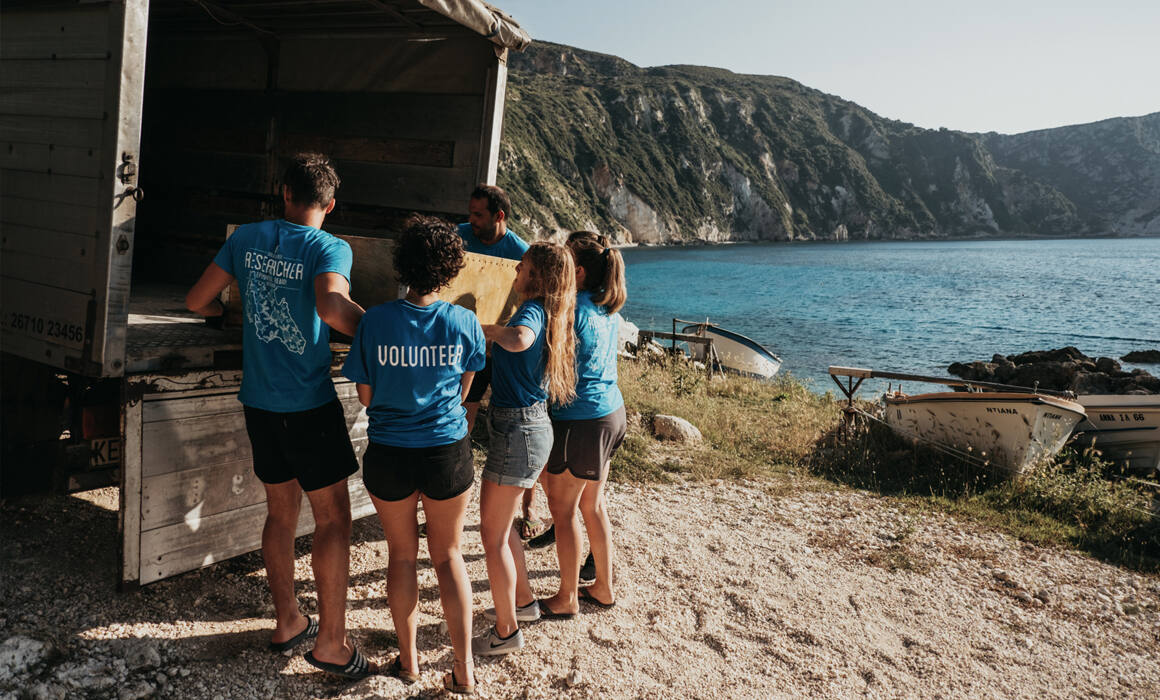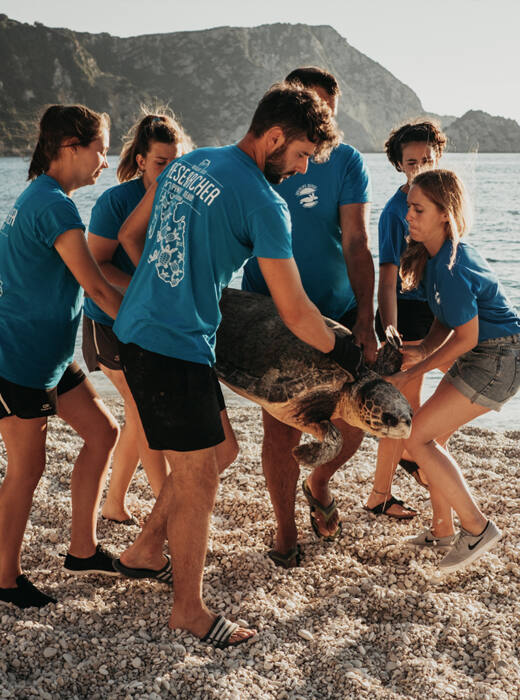Migratory animals travel long distances, but they always remember the place where they were born. Just like Chanel Comis and Nikos Vallialnos, the marine-biologist couple who, in 2012, decided to return to the island of Kefalonia in Greece where their respective parents were born. He is from Athens and she is from North Carolina, two different journeys with the same objective: the research and conservation of sea turtles. Today, Chanel and Nikos lead Wildlife Sense, a project that involves more than 400 people in an effort to protect one of our sea’s most iconic species: the Mediterranean sea turtle.
Choose your country or region
- Europe
- Spain
- Catalonia
- Portugal
- United Kingdom
- International Version
Marine Dinosaurs
KEFALONIA, GREECE
Chanel Comis, founder of Wildlife Sense
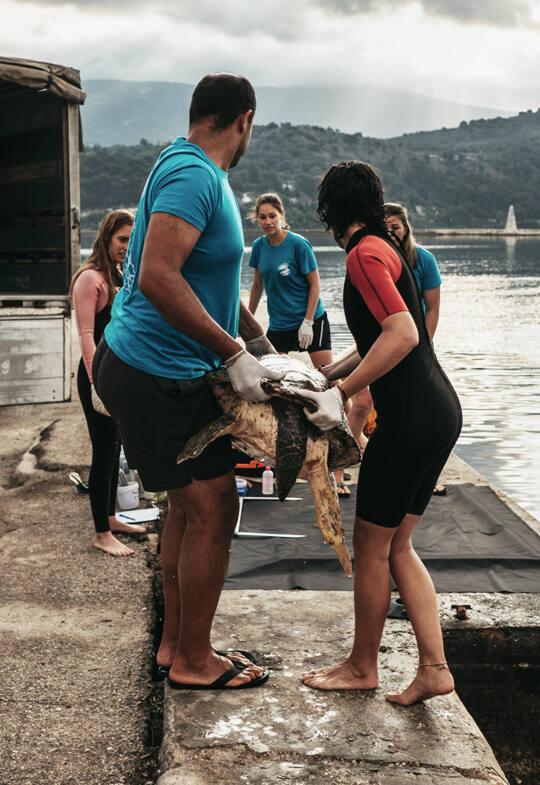
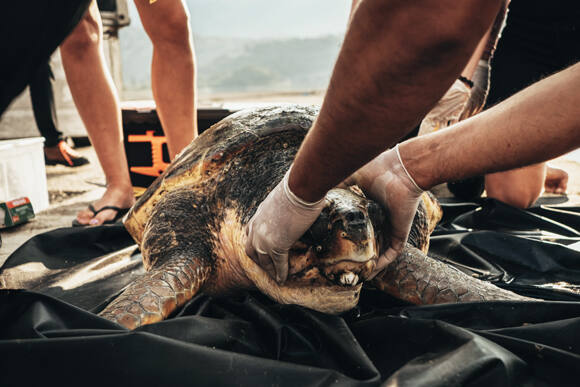
MIGRATIONS FILLED WITH LIFE
The Mediterranean sea turtle is a migratory species that fulfils an essential purpose in the marine ecosystem. On the one hand it transports a large amount of nutrients to areas that need them most and facilitates the growth of epibionts, algae and crustaceans on its shell. These organisms, which grow on their protective shells, provide food for other migratory fish that accompany the turtles on their journeys.
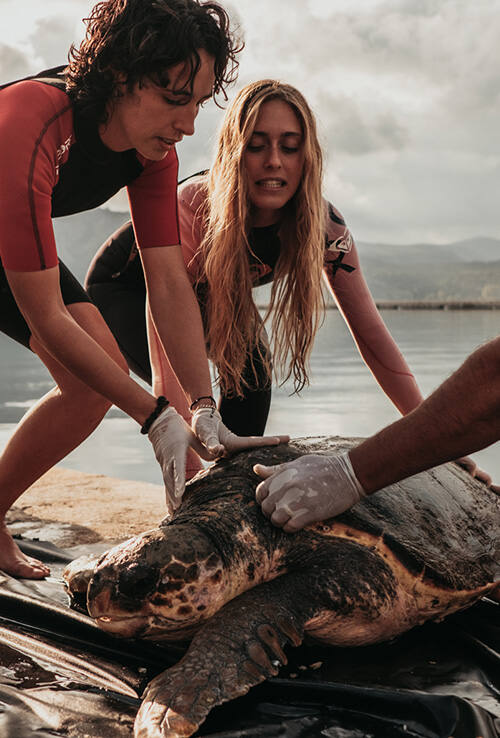
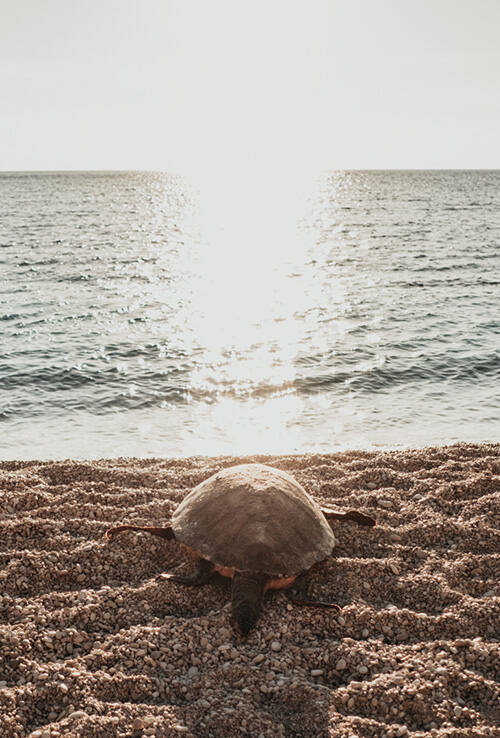
In addition, they also give balance to the environment by preventing the overpopulation of rapidly reproducing species like jellyfish and molluscs. "Their influence on the terrestrial ecosystem should also be highlighted," explains Chanel. 20% of sea turtle eggs do not hatch; as they decompose they create nitrogen which serves as a natural fertiliser that strengthens the system of dunes that protects the beaches around the Mediterranean.
A SPECIES UNDER THREAT
Sea turtles have been around for more than 200 million years: "They are like dinosaurs of the sea," says Nikos. The species is essential to the food chain and critical within the ecosystem, which is why protecting them is so important. "If you lose a vital species, the entire ecosystem is left reeling," warns Chanel. And there are many threats: fishing exploitation, drift and ghost nets, collisions with boats, ingesting plastics, the warming of the water which influences the gender of the new specimens, and light pollution which disorientates hatchling turtles as they attempt to make their way from the nest to the sea.
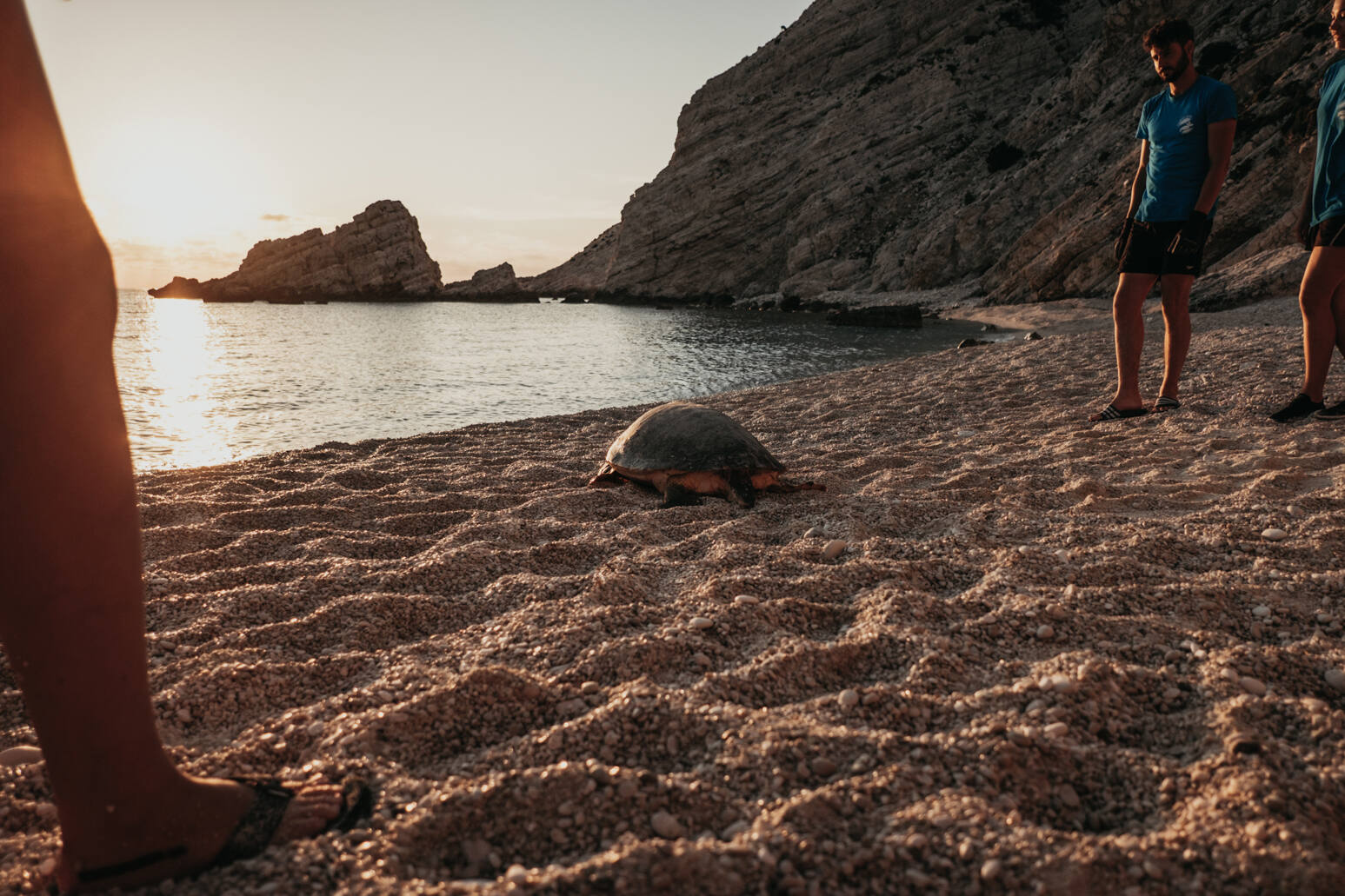
PROTECT AND EDUCATE
Wildlife Sense’s primary objective is caring for and preserving the Mediterranean sea turtle. In that regard, educating the public and other researchers is essential for spreading the word and saving this species. "We believe that generating social recognition of the sea turtle is also a way to protect it," says Nikos. When the project launched, sea turtles nested on five beaches on the island of Kefalonia, but now they occupy more than 30. "This is a very positive development, but it also means increased responsibility. Which is why we must continue to educate both the island’s population and the tourists, so they can understand the importance of developing a commitment to this species," says Chanel.

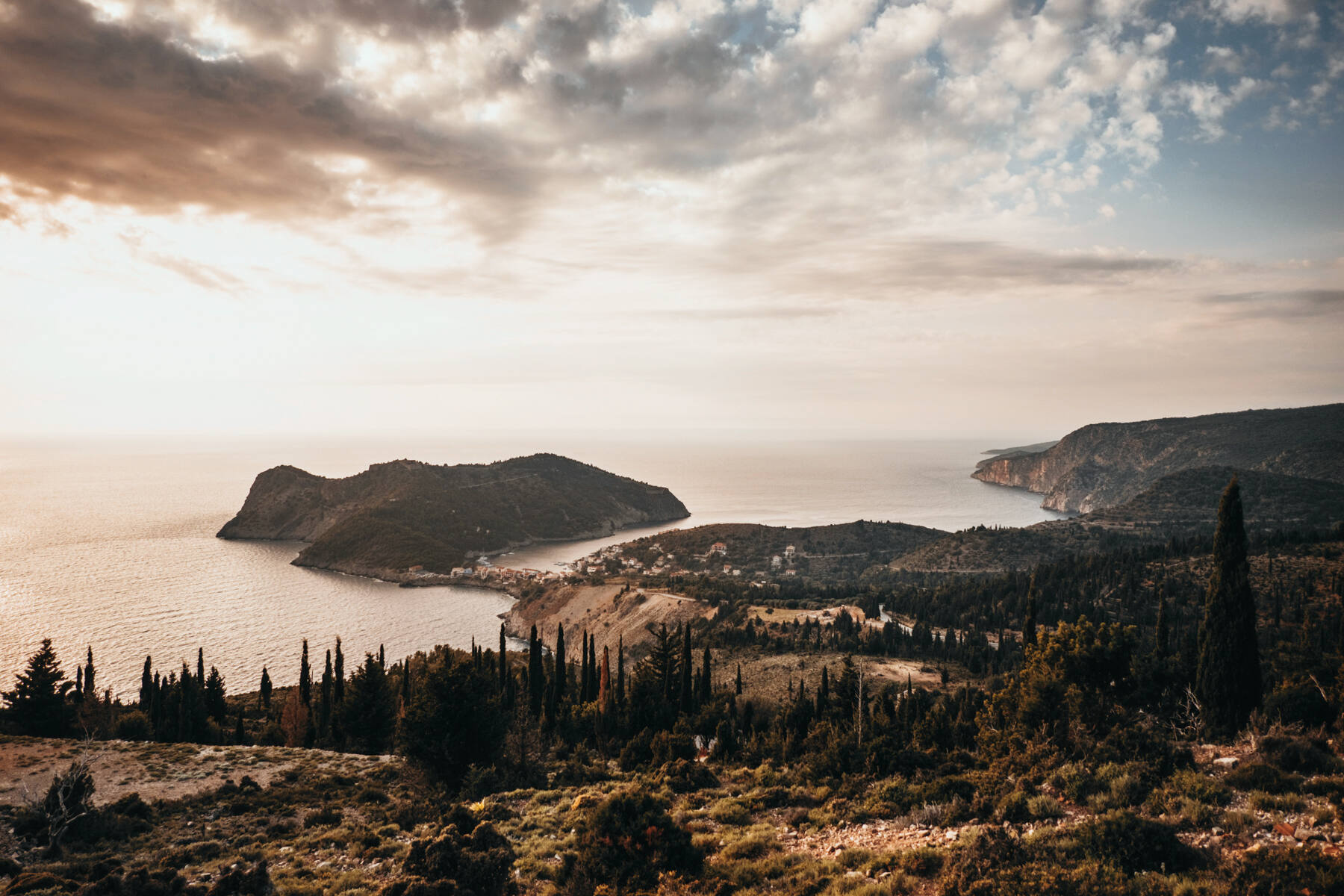
TEAMWORK
"We can repopulate the sea turtles in around 40 years," believe Wildlife Sense, and they insist that they already know all they need to in order to protect and preserve the population of Mediterranean sea turtles, all that’s needed now is to put it into practice. "Saving the sea turtle is not just a biological or scientific issue but also a social and political one. All parties must be involved if we are to save this species which is so emblematic of our sea," insist Chanel and Nikos, who are providing an optimistic vision of the future that invites us to overcome: "We are on the right track, but we can do it better and more quickly."

